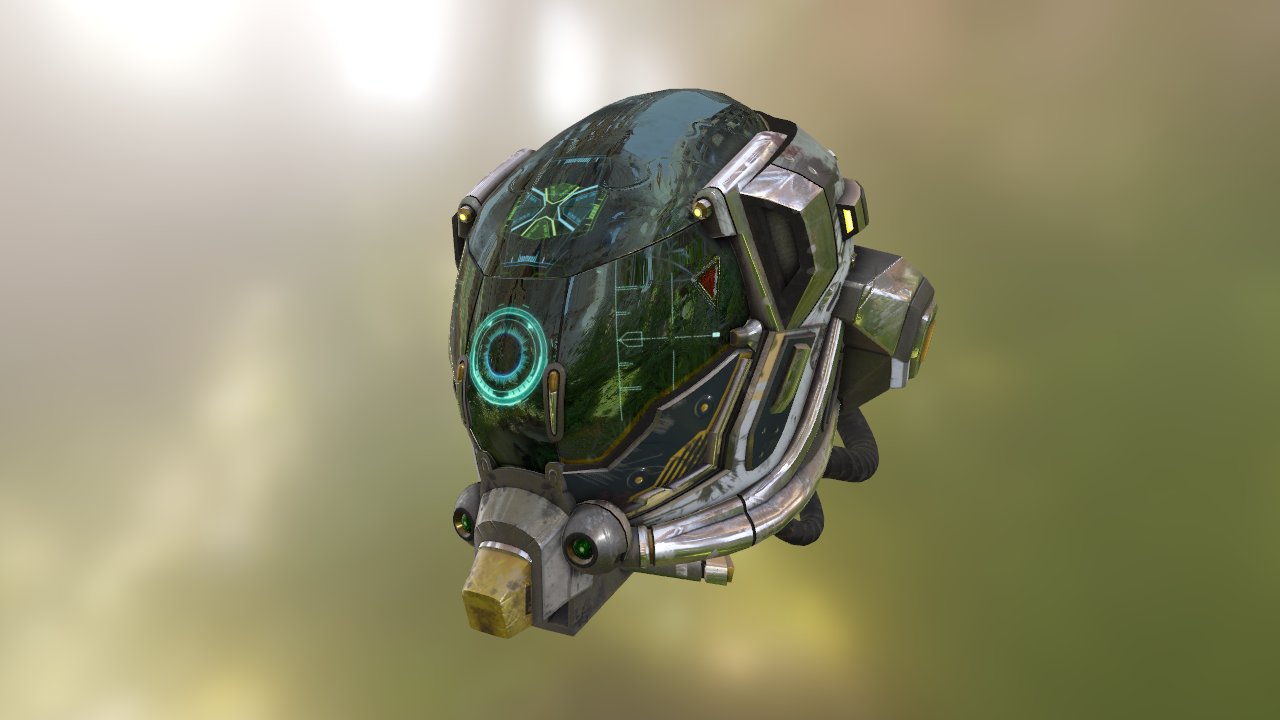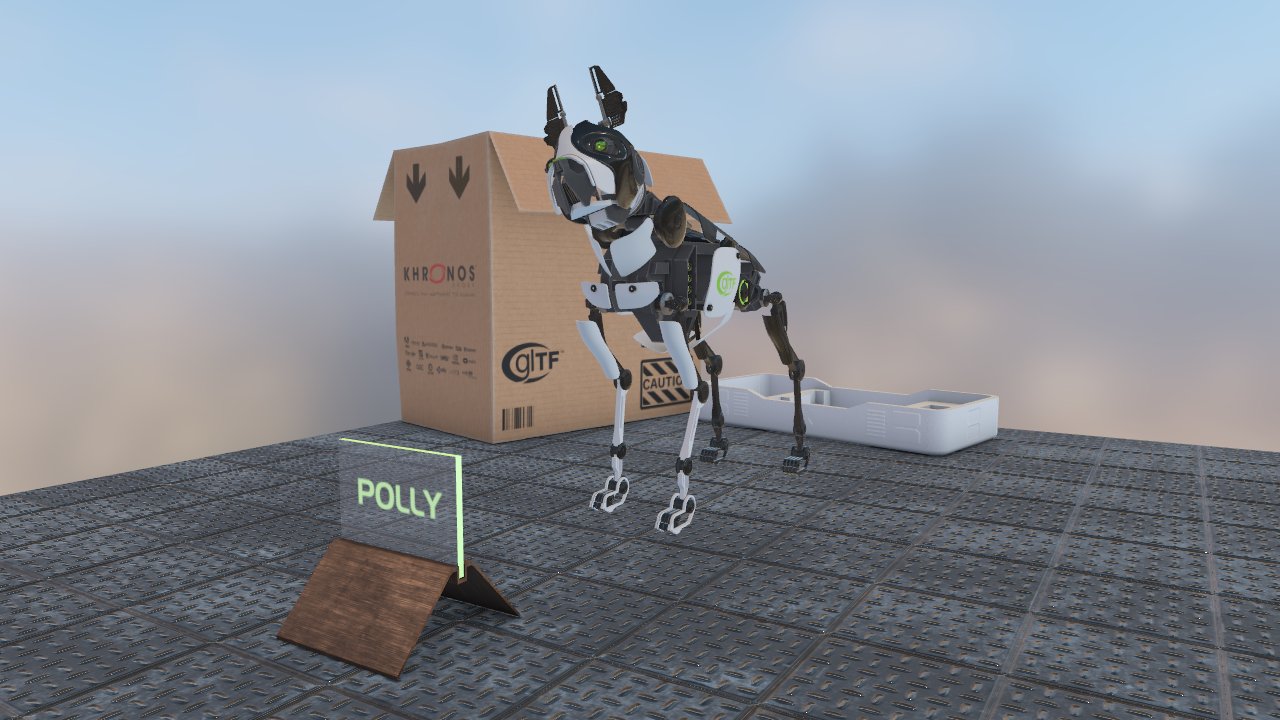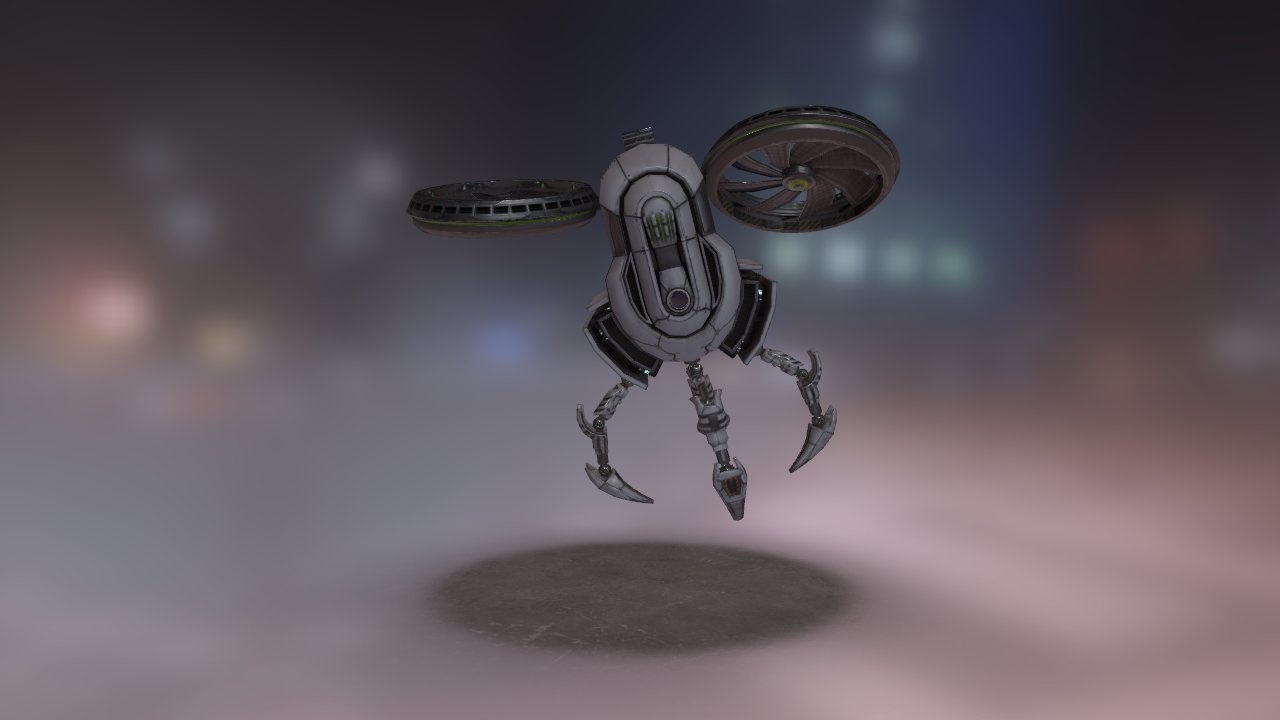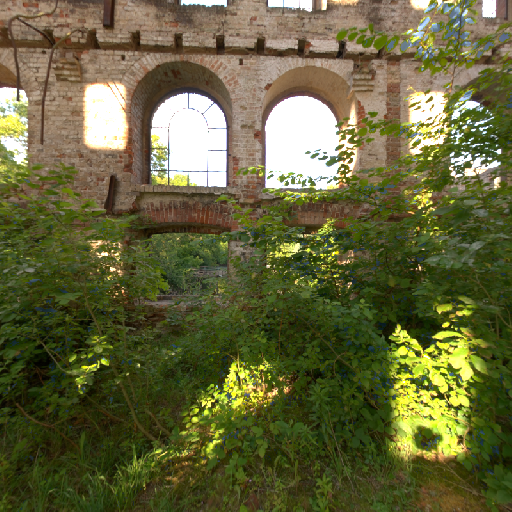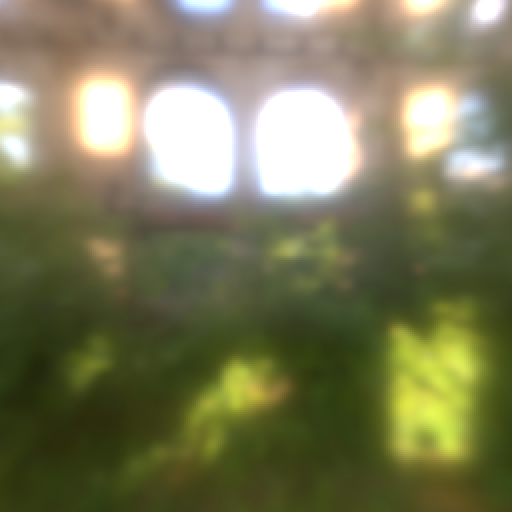SaschaWillems / Vulkan Gltf Pbr
Projects that are alternatives of or similar to Vulkan Gltf Pbr
Vulkan physically-Based Rendering using glTF 2.0 models
YouTube Vulkan glTF 2.0 playlist
About
Physically-Based Rendering example implementation with image based lighting in Vulkan using glTF 2.0 models. The lighting equation is based on the reference glTF PBR implementation from Khronos.
glTF 2.0 Model loading
Model loading is implemented in the vkglTF::Model class, using tiny glTF library to import the glTF 2.0 files, so e.g. all file formats supported by tinyglTF are suported. This class converts the glTF structures into Vulkan compatible structures used for setup and rendering.
The following major glTF 2.0 features are currently supported by the vkglTF::Model class:
- [x] Loading arbitrary glTF 2.0 models
- [x] Full node hierarchy
- [x] Full PBR material support
- [x] Metallic-Roughness workflow
- [x] Specular-Glossiness workflow (extension)
- [x] Animations
- [x] Articulated (translate, rotate, scale)
- [x] Skinned
- [ ] Morph targets
- [x] Support for Draco mesh compression (see instructions)
Note that the model loader does not fully implement all aspects of the glTF 2.0 standard, and as such there is no guarantee that all glTF 2.0 models work properly.
Loading different scenes
The repository only includes a basic scene setup with the static "damaged helmet" pbr sample model. The official collection of glTF 2.0 sample models can be found at here.
To load a different scene instead, specify the glTF model file name as a command line argument, e.g.:
Vulkan-glTF-pbr "PATH-TO-glTF-Sample-Models\2.0\BrainStem\glTF\brainstem.gltf"
Texture map generation
The physical based render model uses multiple source images for the lighting equation. Instead of relying on offline tools to generate those, this example will generate all required texture maps during startup using the GPU.
BRDF lookup table
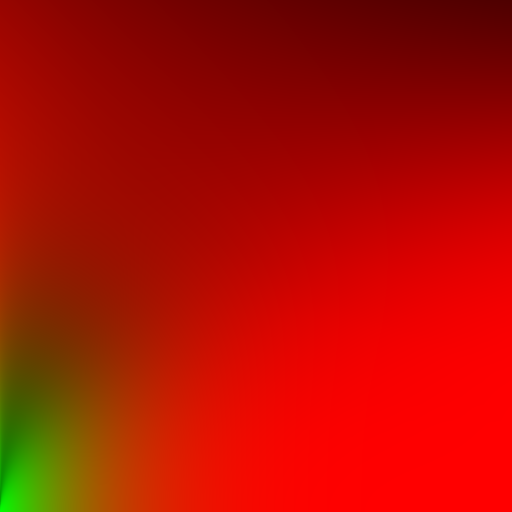
This pass generates a 2D BRDF lookup table based on the formulas used in the pbr implementation. The lookup table contains BRDF values for roughness and view angle and is stored as a 16-bit per component floating point texture to provide proper precision.
See VulkanExample::generateBRDFLUT()
Irradiance cube map
(left: front face environment cube map / right: front face irradiance cube map)
Generates a small (64 x 64 px) irradiance cube map from that stores the light radiated from the surrounding environment. This is sampled for the indirect diffuse part of the lighting equation.
See VulkanExample::generateCubemaps() with target IRRADIANCE
Pre-filtered (mip-mapped radiance) environment cube map
(left: front face environment cube map / right: front face prefiltered cube map)
Generates a pre-filtered radiance cube map that is sampled for the indirect specular part of the lighting equation and stores specular contribution based on roughness. The mip chain stores increasing roughness values with increasing level count and is sampled accordingly when rendering the object.
Complete mip chain from left roughness = 0.0 to right roughness = 1.0:
(note: down/up sized to same size for visualization)
See VulkanExample::generateCubemaps() with target PREFILTEREDENV
Cloning
This repository contains submodules for some of the external dependencies, so when doing a fresh clone you need to clone recursively:
git clone --recursive https://github.com/SaschaWillems/Vulkan-glTF-PBR.git
Updating submodules manually:
git submodule init
git submodule update
Building
The repository contains everything required to compile and build the examples on Windows, Linux and Android using a C++ compiler that supports C++11. All required dependencies are included.
Windows, Linux
Use the provided CMakeLists.txt with CMake to generate a build configuration for your favorite IDE or compiler, e.g.:
Windows:
cmake -G "Visual Studio 14 2015 Win64"
Linux:
cmake .
make
Android
Prerequisites
- Android Studio 3.0 or higher
- Android NDK
Building
- In Android Studio, select
Import project - Select the
androidsub folder of the repository - Once import has finished the project can be build, run and debugged from Android Studio
How to enable Draco mesh compression
In order to enable support for loading Draco compressed glTF files you need to:
- Clone and build https://github.com/google/draco as per their build instructions
- Copy the Draco decoder library
dracodec.libintolibs\draco - Copy the
srcfolder contents intoexternal\draco, make sure thedraco_features.his also present - If everything is in place, running CMake will output
Draco mesh compression enabledand loading Draco compressed meshes will work out of the box

